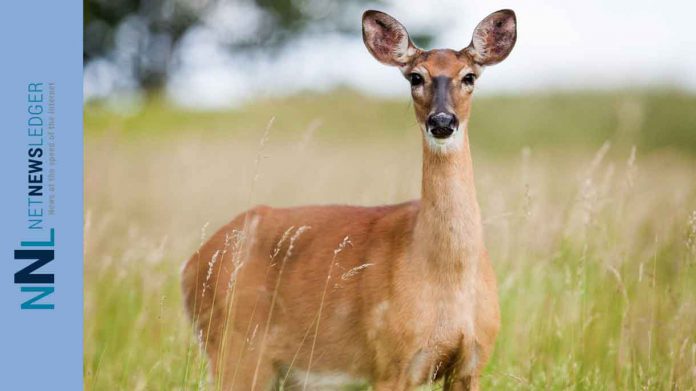THUNDER BAY – NATION TECH – Connecting children to nature is not only enjoyable, but it’s also essential for their physical and mental health.
In Thunder Bay and in communities across Western and Northern Ontario we are fortunate that we have easy access to nature. Deer live in the city. There are also foxes, lynx, skunks and a myriad of geese, ducks and other birds.
You don’t have to walk far in many cases to be in on the best seats to see the natural world.
Here’s how you can make the great outdoors exciting for your children or grandchildren under the age of ten.
1. Make Nature Exploration a Regular Activity
Embrace the Outdoors
Make outdoor activities a part of your regular routine. This could be as simple as a walk in the park, a visit to a local farm, or a day at the beach. The key is to make these experiences enjoyable so that children associate nature with fun.
Plan Nature-Based Vacations
When planning vacations, consider destinations that offer plenty of opportunities for nature exploration, like camping trips, visits to national parks, or seaside holidays.
2. Encourage Hands-On Exploration
Become Nature Detectives
Turn your nature walks into detective adventures. You can do this by creating a list of things to find, like different types of leaves, rocks, or insects. This adds an element of excitement and encourages close observation of the environment.
Grow a Garden Together
Gardening is a wonderful way to connect children with nature. Let them choose the plants they want to grow, teach them how to care for them, and celebrate when the plants flourish. This will give them a sense of achievement and a deeper understanding of nature.
3. Connect Nature to Their Interests
Use Nature to Fuel Their Creativity
If your child enjoys drawing or painting, encourage them to use nature as their inspiration. They can sketch flowers, paint landscapes, or even use natural elements like leaves or flowers in their artwork.
Incorporate Nature into Storytelling
Incorporate elements of nature into the stories you tell your children. This could be talking about animals, describing beautiful landscapes, or even creating mythical creatures that live in the woods. This can help them see nature as a place of wonder and adventure.
4. Teach Them About the Importance of Nature
Discuss the Role of Nature in Our Lives
Talk to your children about why nature is important. Explain how plants provide us with oxygen, how bees help to pollinate flowers, and how every creature plays a role in the ecosystem. This understanding can foster a sense of respect and appreciation for nature.
Show Them the Impact of Their Actions
Show your children how their actions can impact the environment. This could be by showing them the effects of littering or the benefits of recycling. This helps them understand that they have a role to play in protecting nature.
5. Lead by Example
Children learn by observing the adults around them. If they see you enjoying nature, showing respect for the environment, and expressing excitement about the natural world, they are likely to emulate these attitudes.
In conclusion, sparking a love for nature in children involves regular exposure to the outdoors, hands-on experiences, tying nature to their interests, teaching them about the importance of nature, and leading by example. It’s a rewarding endeavor that not only enhances their understanding of the world but also creates treasured memories.







